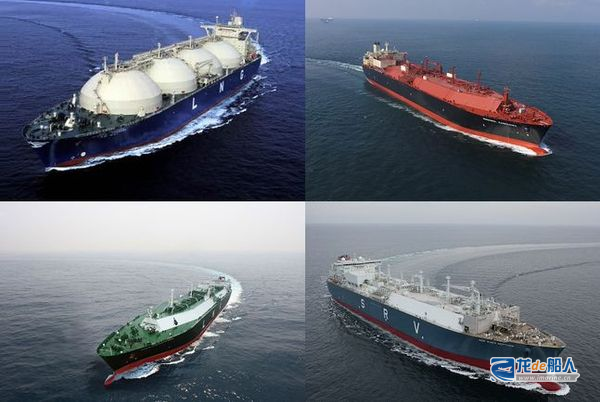Since the beginning of this year, the global liquefied natural gas (LNG) carrier newbuilding market has continued to suffer from a severe “order shortage”, but according to analysis, this downward trend in orders is expected to ease in the second half of the year.

According to TradeWinds, Capital Maritime recently signed a letter of intent (LoI) with Hanwha Ocean for the construction of LNG carriers and is simultaneously negotiating with shipyards under the HD Hyundai Group. Capital Maritime plans to build four new LNG carriers, with contracts expected to be finalized as early as October. Delivery dates are tentatively set for 2028 to 2029.
Additionally, Norwegian state-owned energy company Equinor is selecting contractors for a 2+2 LNG carrier project valued at approximately $1 billion. It has shortlisted one Chinese shipyard and two South Korean shipyards as candidates, with all parties competing for the order. Considering shipyard berth availability, the new vessels are also expected to be delivered in 2028.
So far this year, the newbuilding market for LNG carriers has faced a severe “order drought,” with only 17 new LNG carriers ordered globally—a stark contrast to the surge of approximately 70 orders during the same period last year. Among these, South Korean shipyards secured 15 orders, U.S. shipyards received 2, while Chinese shipyards have yet to sign any contracts. Across major vessel types, the slowdown in LNG carrier orders stands out as the most pronounced.
However, as new projects of global energy giants enter the substantive stage, the shipbuilding industry is eagerly looking forward to more LNG carrier orders returning to the market.
According to TradeWinds, citing industry experts: “Centered on the United States and Qatar, over 200 million tons of new LNG production capacity has been approved and entered the construction phase. Upon completion, global annual LNG output will rise from the current 400 million tons to over 600 million tons. This is expected to drive significant growth in maritime transportation demand after 2028.”
Additionally, demand from certain European and Asian countries expanding their LNG import infrastructure to ensure energy security is also seen as an additional driver.
Currently, the United States is expanding its LNG export facilities centered in Texas and Louisiana, with exports projected to reach an annual capacity of 100 million tons by 2027. Analysis indicates that over 40 LNG carriers will need to be constructed to meet this demand. Qatar’s NGL-5 project is expected to order at least 20 LNG carriers, with specific details anticipated to be announced in the second half of the year.
Industry insiders in the shipbuilding sector stated: “Although LNG carrier orders this year fell short of expectations, the market widely anticipates a release of orders as major projects gradually materialize in the second half of the year. Despite persistent pressure on ship prices, demand for LNG carriers is poised for structural growth driven by energy security considerations and the transition toward environmentally friendly fuels.”


